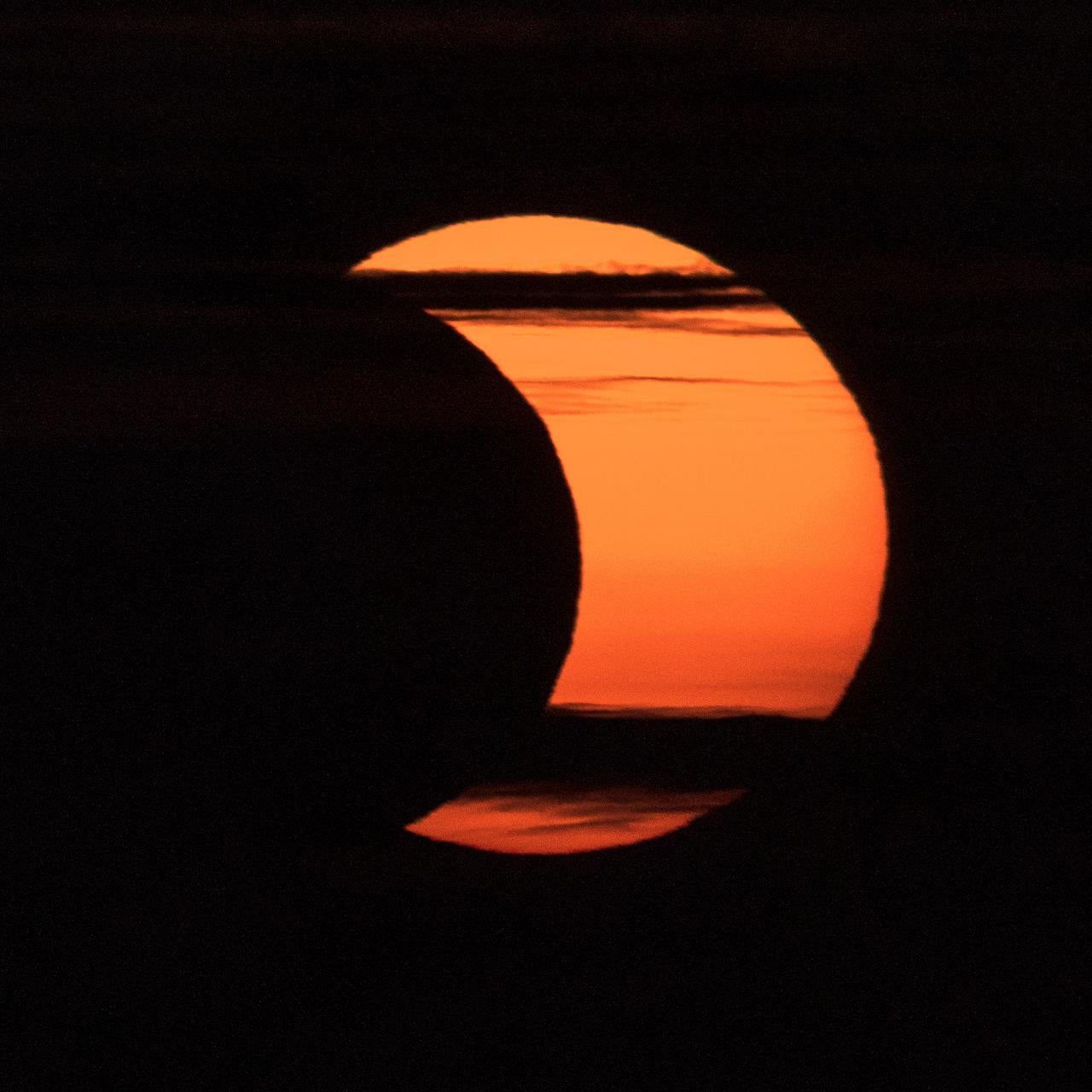Annular solar eclipse visible in Oxford this Saturday
Published 4:21 pm Thursday, October 12, 2023

- A partial solar eclipse is seen from Arlington, Virginia, Thursday, June 10, 2021. The annular or “ring of fire” solar eclipse is only visible to some people in Greenland, Northern Russia, and Canada. Photo Credit: (NASA/Bill Ingalls)
On Saturday, Oct. 14, an annular solar eclipse will adorn the skies of North, Central and South America. This celestial event occurs when the Moon, at its farthest point from Earth, aligns between the Sun and Earth. This alignment creates a “ring of fire” appearance. The Moon’s smaller apparent size allows a ring of sunlight to remain visible.
The eclipse will initiate its journey in the U.S. at 9:13 a.m. PDT in Oregon. It will conclude in Texas at 12:03 p.m. CDT. The full annular effect is visible along a specific path. However, regions outside this path, including Oxford, will experience a partial solar eclipse.
When the Solar Eclipse Passes over Oxford
In Oxford, the event will start at 10:32 a.m. It will peak between 12:02 p.m. and 12:04 p.m. It will conclude between 1:42 p.m. and 1:48 p.m. During this time, viewers can expect to see around 60-65 percent totality. The Moon will cover a significant portion of the Sun. However, the complete “ring of fire” effect won’t be visible.
Trending
Safety is paramount during this event. Using approved solar viewing glasses that adhere to the ISO 12312-2 international safety standard is crucial. Solar filters on cameras and telescopes are essential. They prevent equipment damage and ensure eye safety.
Lafayette County & Oxford Public Library Hosting Eclipse Extravaganza
The Lafayette County & Oxford Public Library is partnering with the UM Center for Mathematics & Science Education. They are hosting an eclipse-themed event for all ages from 10:00 a.m. – 2:00 p.m. on the same day. The library will feature fun eclipse activities. Meanwhile, the UM Center will provide its Mobile Planetarium and Solar Telescope for an enriched viewing experience. Additional parking is available across the street from the library at Oxford Skate Park. For more details, contact the library at 662-234-5751.
The next solar eclipses visible in the U.S. are on April 8, 2024, and Feb. 5, 2046. The first will be a total solar eclipse. The latter will be an annular solar eclipse. Each offers a unique chance to delve into the wonders of celestial phenomena.
The eclipse on Oct. 14 is not just a visual marvel. It is a reminder of the celestial choreography that unfolds above. It offers a remarkable astronomical experience, provided safety precautions are followed.





